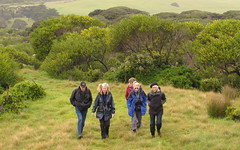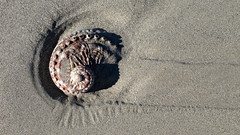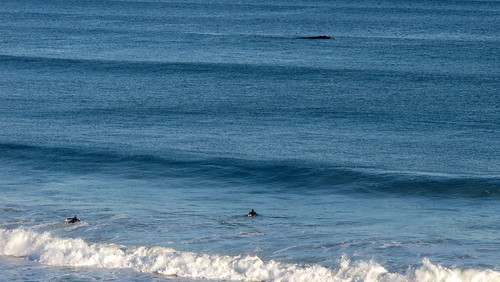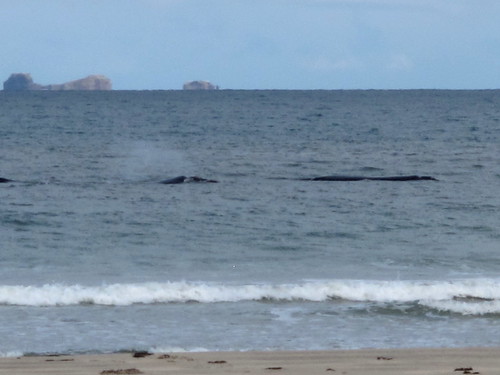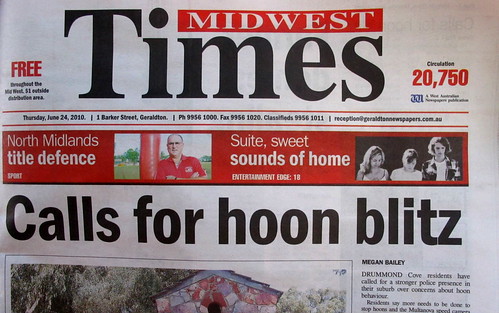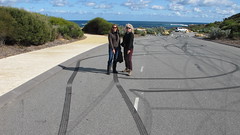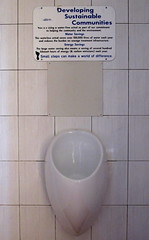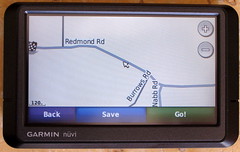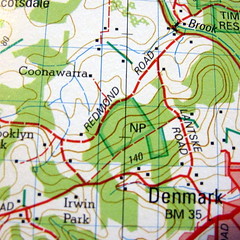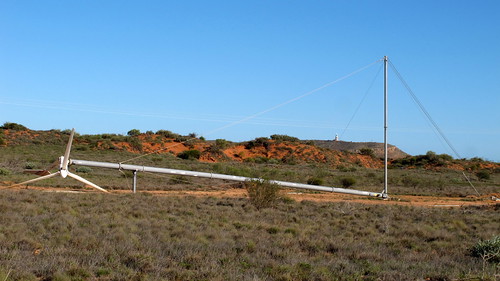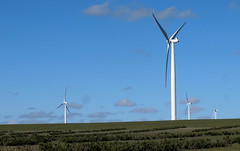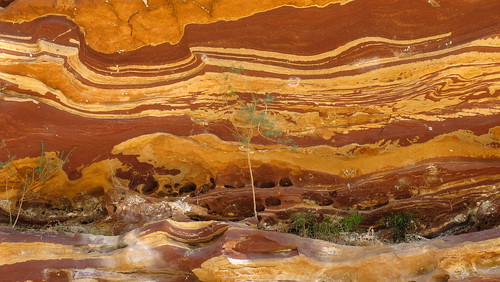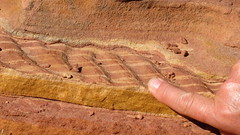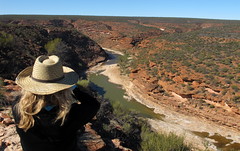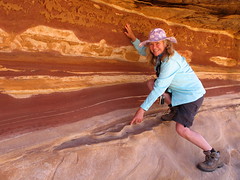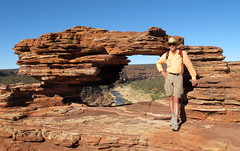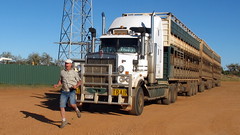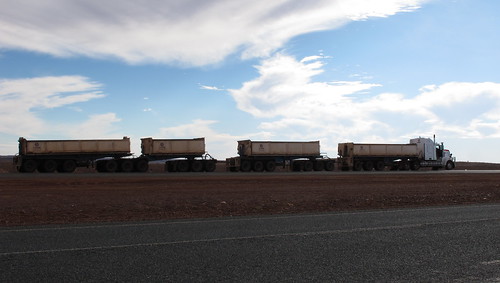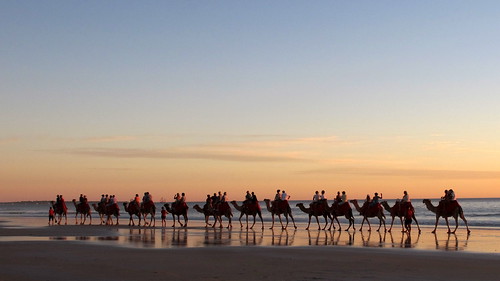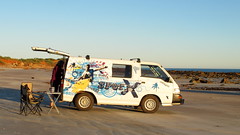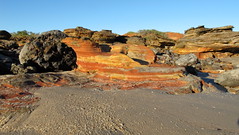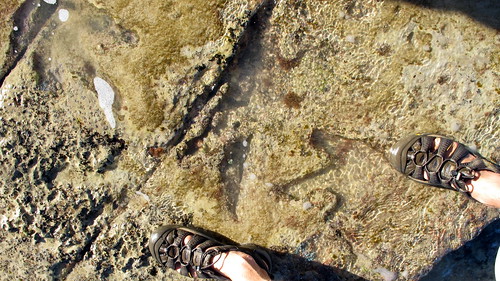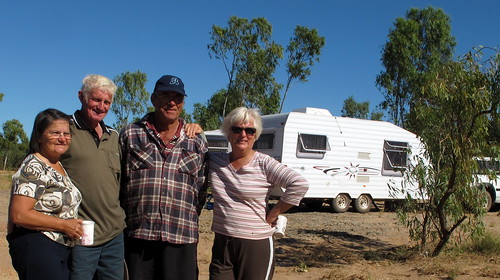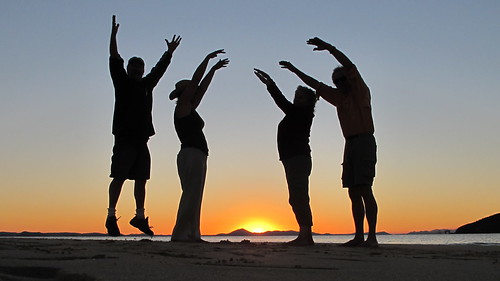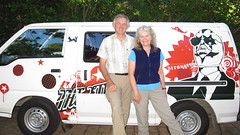I thought Canadian telephone providers must be the world’s worst—but then I discovered Telstra, Australia’s major provider.
We’ve had mobile (cellular) service with them since April. We wanted a mobile each so we could connect with one another, and also to be able to make calls within Australia. As visitors, a two-year plan made no sense, so we opted for the prepaid mobiles.
The phones were inexpensive (~A$50) and the recharge amounts seemed reasonable at $30. The phones worked well in urban areas, and even when we were away from major centres, the reception was okay.
— I removed the several hundred word rant about the terrible Telstra service and complex plan details from here… Suffice to say I was frustrated! —
Telstra has a number of plans for prepaid mobiles, but use catchy terms like “150 free minutes” and “bonus time” to obscure the fact that they are all very expensive and restrictive. You can’t just buy time: you must choose one of the plans.
Telstra’s “Talk & Text” plan expires after 30 days, so if you haven’t used it, you lose it. The “Talk Time” plan runs for 60 days, but it costs A$0.40 to connect, then A$0.35 for every 30 seconds. The “Telstra Long Life” plan runs for six months, but calls cost A$0.75 for the first 30 seconds, then A$0.60 per minute…
“So just to be clear, if I go with the Talk Time plan you are recommending, a $40 charge will let me talk for 150 minutes?”
“Yes sir! 150 minutes to Telstra numbers.”
“Uh, okay, and how do I know if it is a Telstra number? And what is the charge if I dial a number that turns out to be with a Telstra competitor?”
“Sorry sir, there is no way to tell—but you could ask them when you make the connection. Or, you could call our service centre and ask them to check the number.”
Right. And that explains why the four supposedly free 1800 numbers we’d dialled to the car rental agency ended up costing nearly $30.
Calls to landline phones within Australia cost substantially less than calls to mobiles, and if the person you are calling is so inconsiderate to have chosen an alternate provider, you pay a premium.
Sounds like a good business model—if you can get away with it! For some reason, Telstra seems to be doing exactly that…
Coming to Australia and want to be able to use a phone? My advice would be to get a Skype phone for use in urban areas, and when you are not near a wireless Internet provider, be sure to have lots of coins for pay phones.
